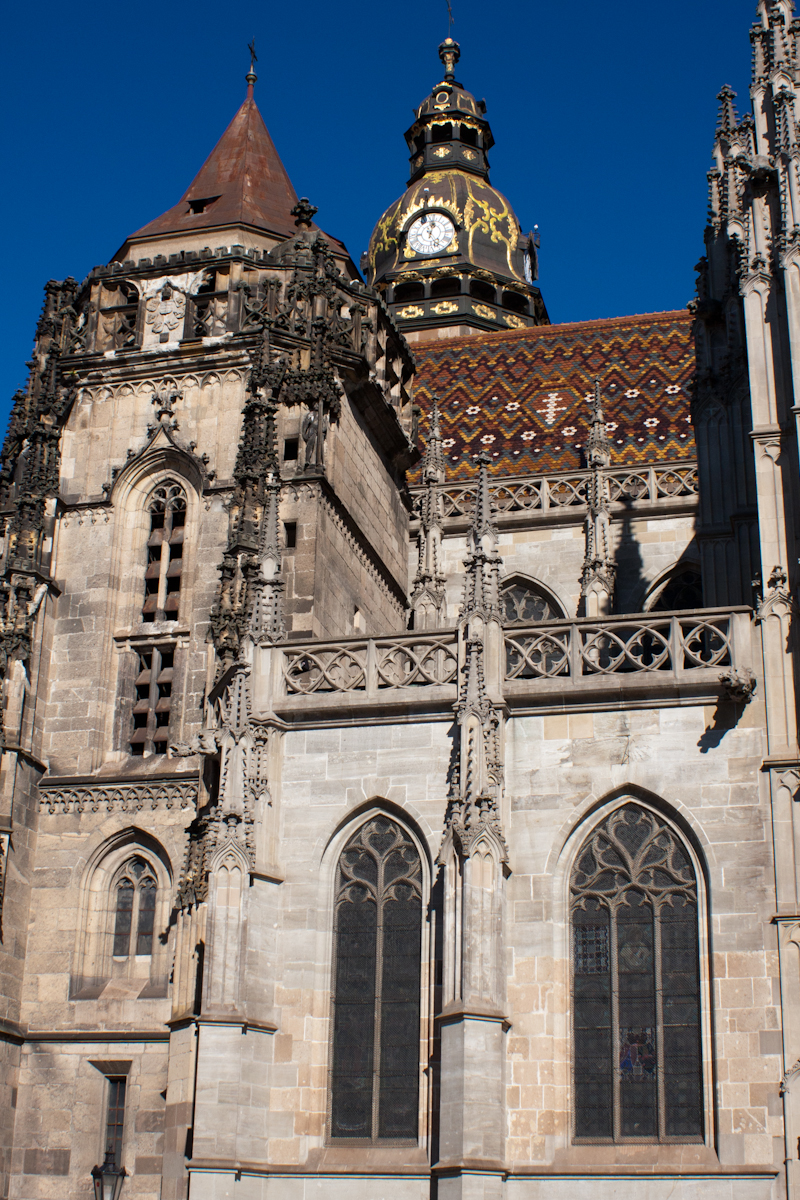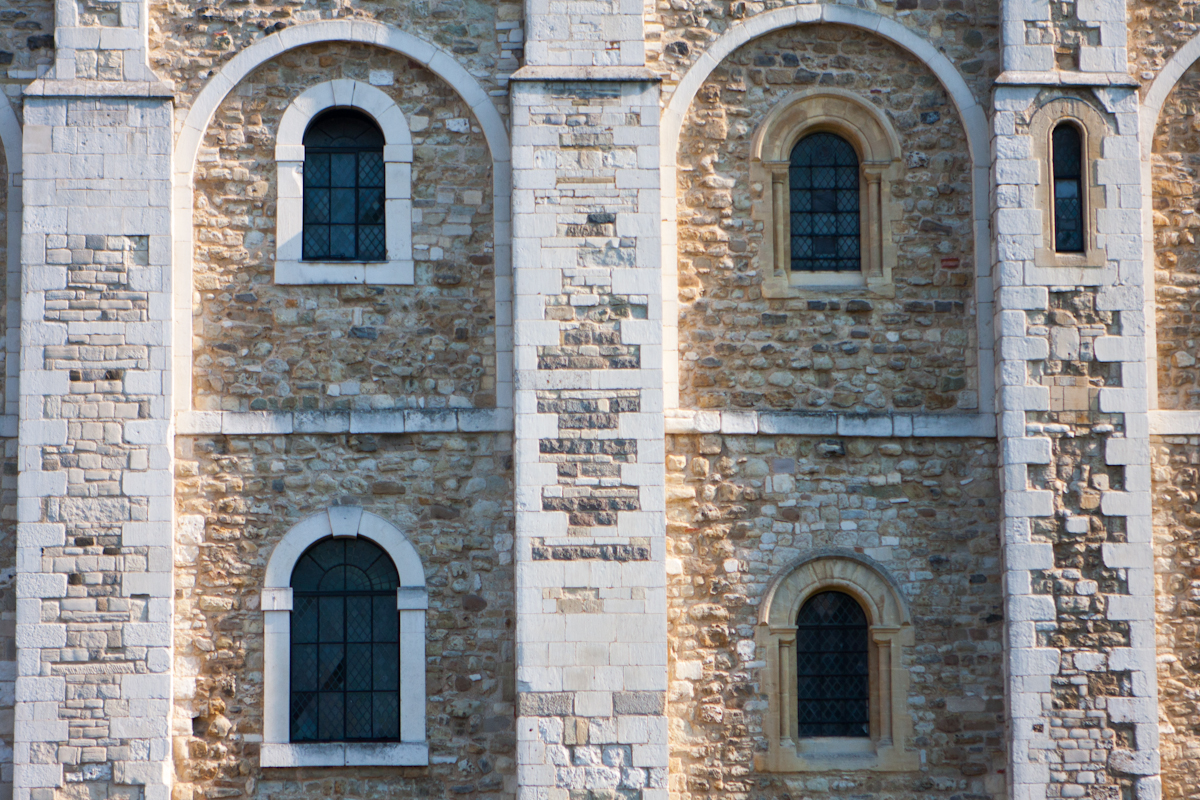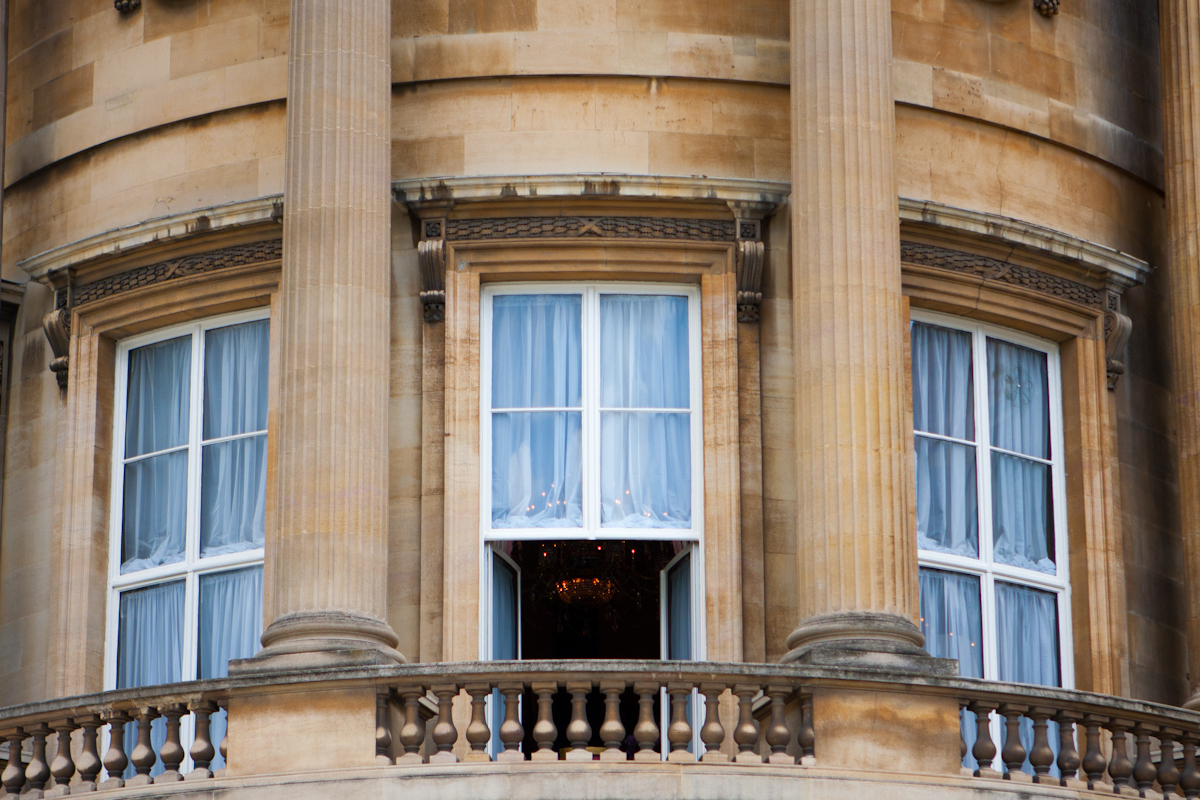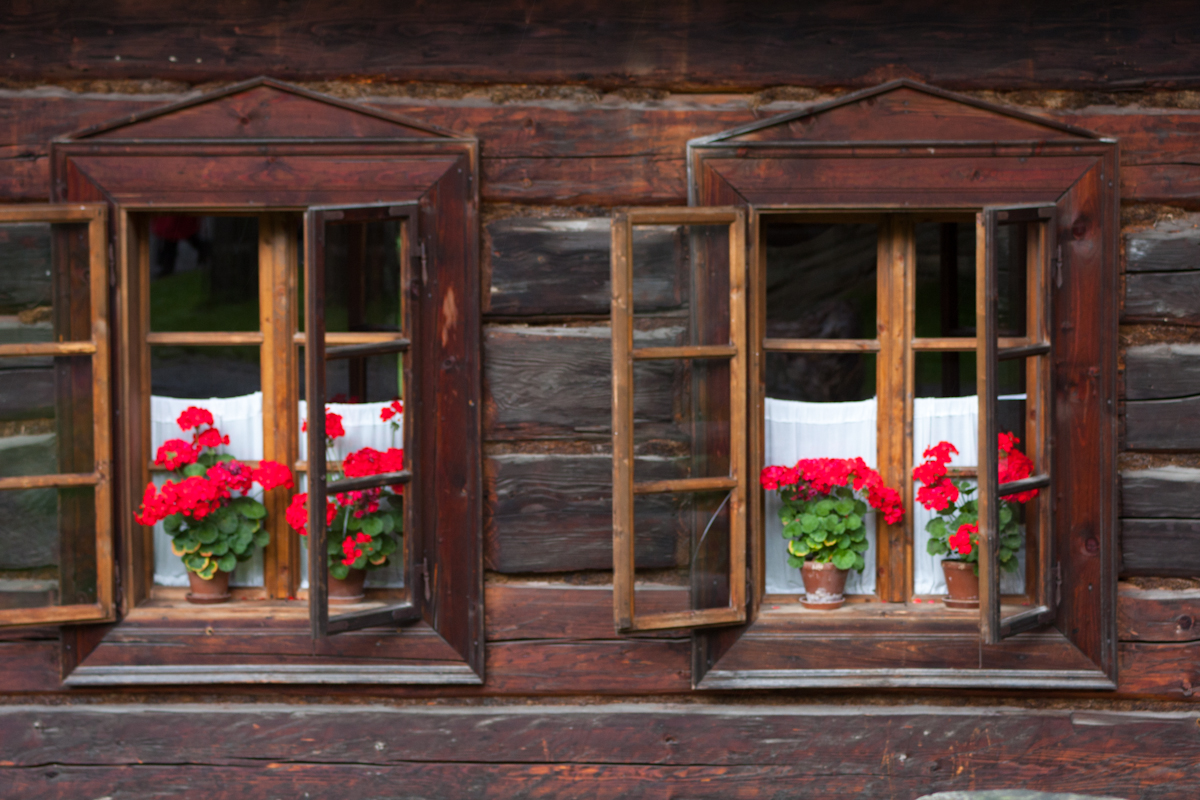The record on the existence of Košice, dating from 1230, is connected with that of the existence of the rectory church. In the process of the settlement’s transformation from a rural community into a town, all its periods of successes and failures have been reflected on St. Elizabeth’s Cathedral. According to historic data the present-day cathedral was built on the site of an edifice of older date which was consecrated to St. Elisabeth as well. It was referred to in the document of Pope Martin V of the year 1283 and in the letter of 1290, which stated that the bishop of Eger Andrew II exempted Košice parish from the dean’s sphere of jurisdiction.
This medieval monument was built in the High Gothic style between 1378 and 1508 in several stages on the site of a parish church that burned down in 1370, in memory of Saint Elisabeth of Hungary, the patron of all armed mercenaries and also Portugal.
The cathedral was often damaged by calamities (1556) and underwent numerous restorations. The most extensive restoration works took place in the years 1877-1896 by the drafts of Imre Steindl. The northern tower was completed in 1775, while the southern, Matthias tower in 1904. During the last phase of the restoration, a crypt was built under the northern nave of the cathedral. In 1906 the remains of Francis II Rákóczi and his friends from Rodosto were buried there.



